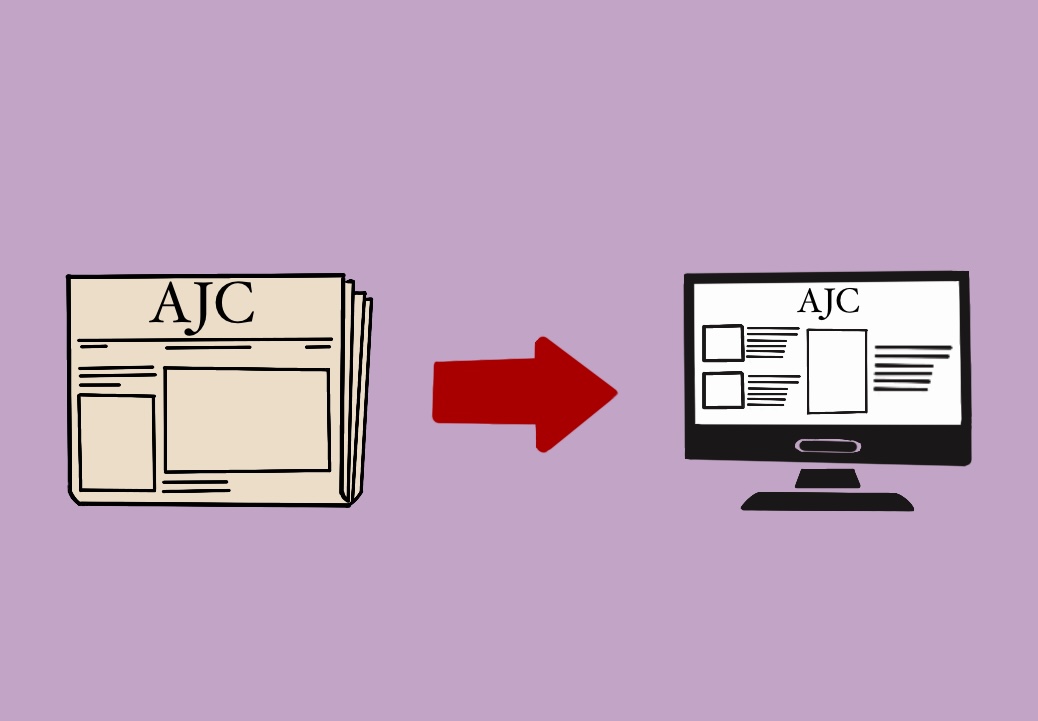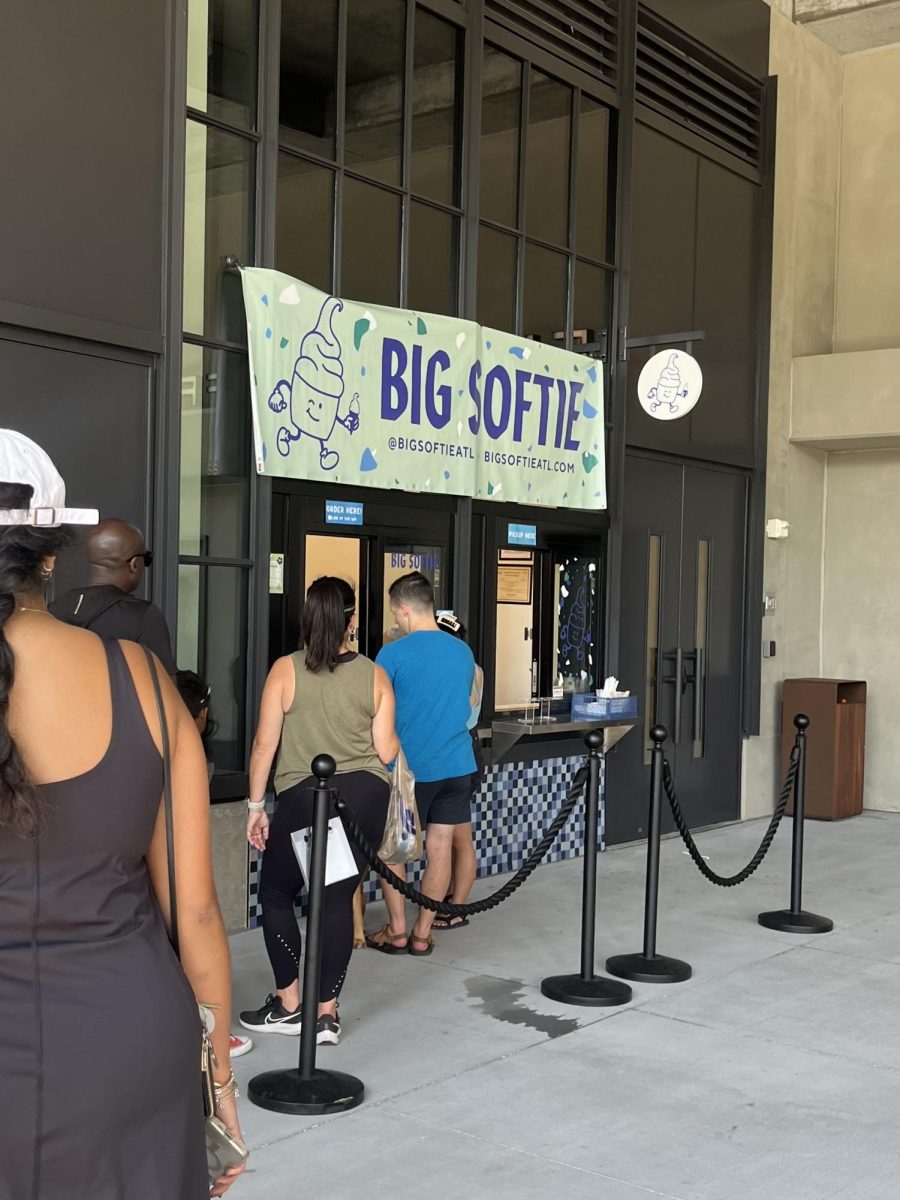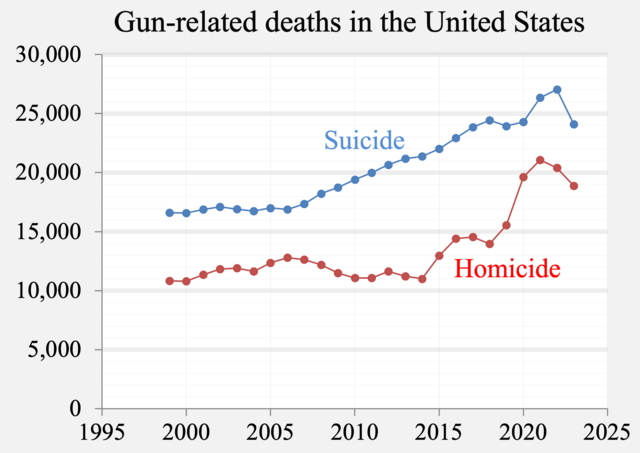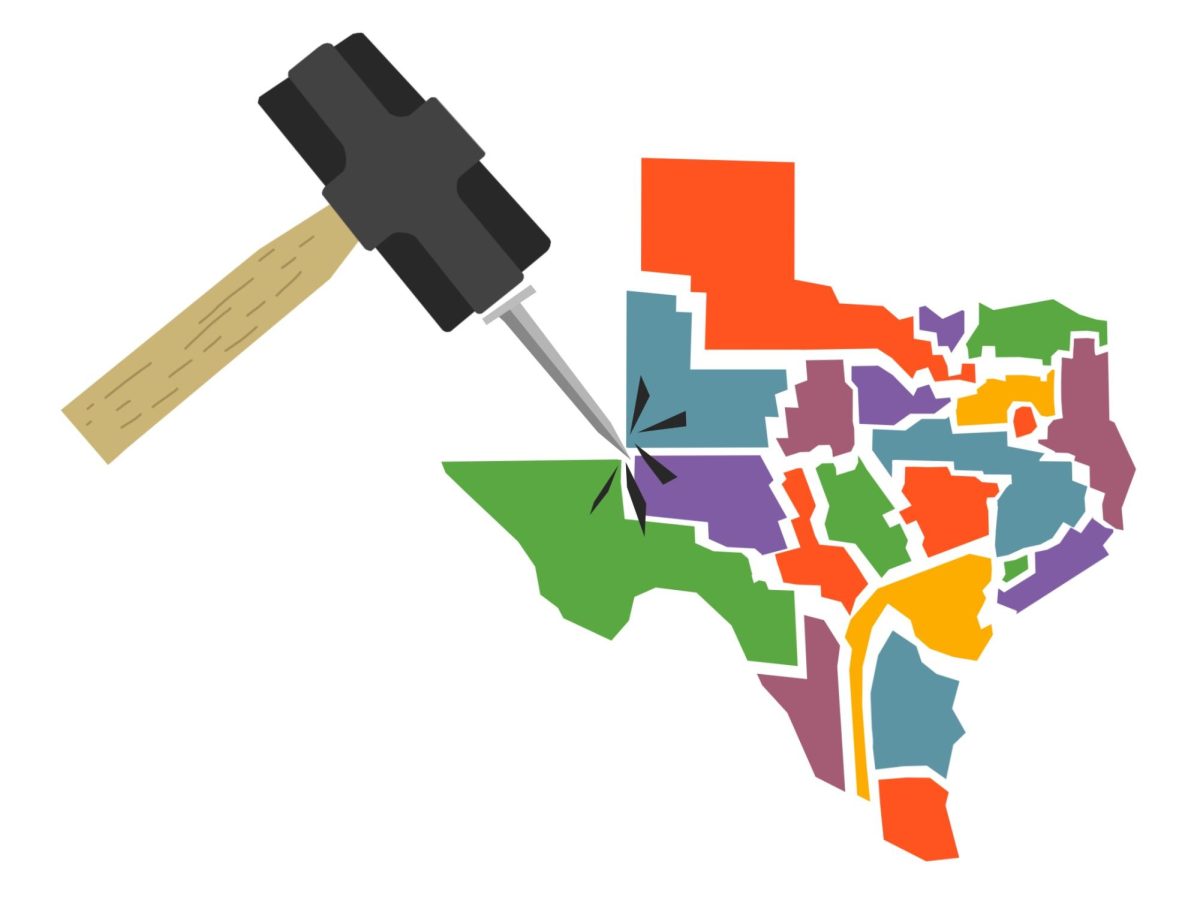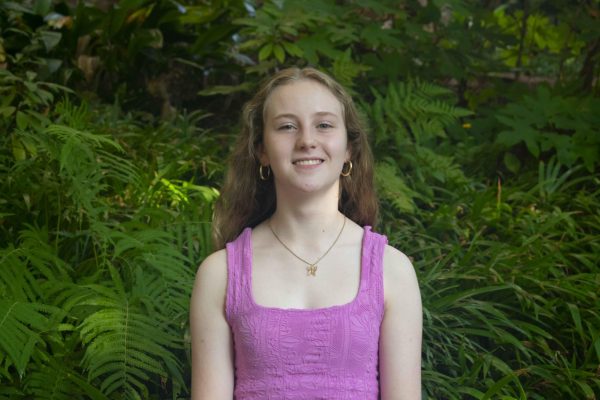Midtown claims to support students with jobs, dual enrollment at local colleges and internships, yet class schedules create unnecessary difficulties that limit students’ ability to participate in these activities.
Midtown’s current schedule alternates between A and B days regardless of the day, meaning any day could be either an A or B day. Even if an out-of-school activity only occurs once or twice per week, Midtown’s inconsistent A-B rotation forces students to block out larger portions of their schedule on both A and B days to participate than needed. To solve this issue, Midtown should switch to a more consistent schedule in which Mondays and Wednesdays are A days, Tuesdays and Thursdays are B days and Fridays alternate each week between A and B days.
Upperclassmen with late arrival or early release must have a symmetrical schedule that blocks off the same periods on both A days and B days in order to attend other commitments during the week. For example, a student with a dual enrollment class on Monday and Wednesday afternoons must take off the fourth period for both A and B days because of the differing weeks, whereas, in the proposed system, they would only need early release on A days. The current schedule makes it harder for students to build their schedules and requires students to take an even number of classes at Midtown, potentially forcing students to take fewer in-school classes than they want to.
A consistent weekly schedule enables students to participate in valuable educational or job opportunities that reach beyond Midtown’s campus. Jobs help students provide for themselves and their families, pay for college tuition or teach real-world skills. According to the U.S. Bureau of Labor Statistics, in 2023, 22.5% of high school students had a job, a number which has increased over the past 15 years. Additionally, high school students working under 15 hours a week have better educational outcomes than students who do not work. Midtown’s current schedule forces students with jobs to choose between working and taking an optimal number of classes. It may even deter students from getting jobs at all.
In addition to providing more flexibility for students with jobs, a schedule with regularly assigned A and B days would also support students participating in dual enrollment programs. Dual enrollment programs enable high school students to take classes at local colleges and universities almost entirely for free, allowing them to get a head start on earning college credits. In 2024, approximately 10% of Georgia high school students took at least one dual enrollment class and, in 2022, almost 80% of dual enrollment graduates qualified for either the HOPE or Zell Miller scholarships, which are based on GPA. For comparison, only 45% of non-dual enrolled students in Georgia at the same time qualified for one of the scholarships. It is imperative that Midtown better supports a program so highly correlated with scholarship-worthy academic achievement.
Additionally, this year, 32 Midtown students are taking Gifted Mentorship, a class that assists students in getting an internship at a local organization during the second semester of the school year. Most students in Gifted Mentorship will only end up getting early release on A days, so they will attend their internships on different days each week. This schedule adds unnecessary complexity to their internship plans, and forces students to coordinate with their employer.
One potential downside of a more consistent schedule is that holidays fall disproportionately on Mondays, potentially leading to an imbalance in the number of A and B days throughout the year. However, this issue can be solved by making Fridays flexible. In the 2025-26 school year, students will miss only three irregular Mondays (Labor Day, Teacher Professional Learning Day and Martin Luther King Jr. Day) and one irregular Tuesday (Election Day). Therefore, only two Fridays during the school year have to be changed to keep the distribution of A and B days the same.
In the proposed schedule, students may be unsure of whether an upcoming Friday is an A or B day, similar to the issue students currently face when returning from breaks and they are uncertain whether the first day back is an A or B day. To solve potential confusion about alternating Fridays, administrators could keep a calendar of A and B days or send out weekly reminders on Schoology. Even without a calendar or reminders, students would have four days to find out whether the coming Friday is an A or B day. The proposed schedule would also eliminate post-vacation confusion, as students would have a clear idea of their A-B day rotation.
A consistent schedule would also result in back-to-back B days every other week on Thursdays and Fridays, as well as back-to-back A days spanning weekends. This may moderately change the pace of lessons and force teachers to plan two days ahead on some occasions. However, it could also be turned into a positive: help students reinforce their knowledge so they do not forget it over the weekend.
A large proportion of Midtown students take dual enrollment classes or work to help prepare themselves for college, but the current schedule system is not set up to help them succeed. Modifying the A-B rotation would benefit all working and dual enrolled students and would encourage more students to engage with the outside opportunities available to them.



